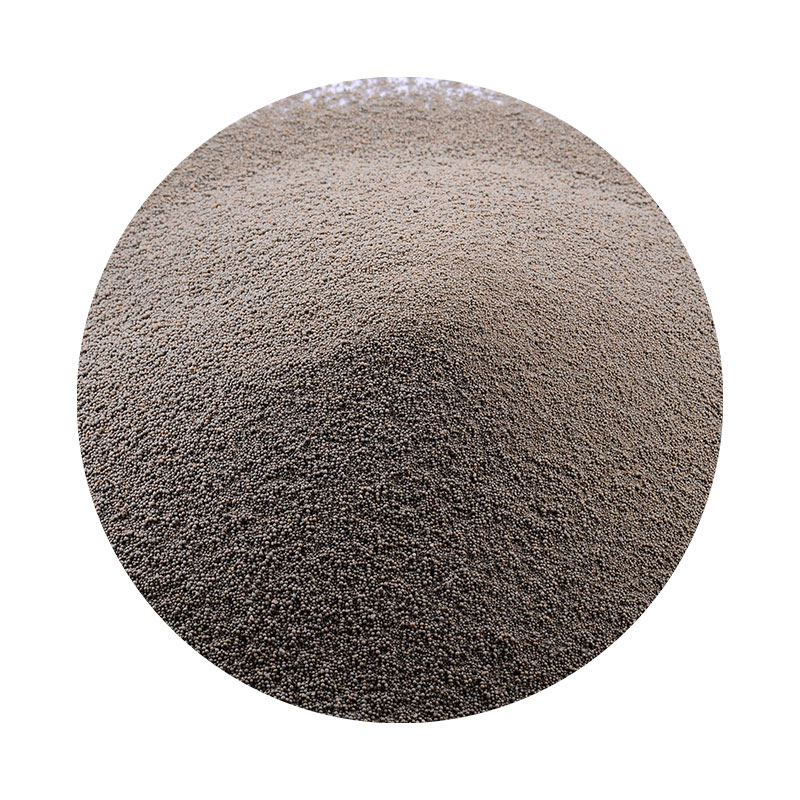The Manufacturing Process of Resin Coated Sand
Resin coated sand is a critical material in the foundry industry, primarily used in the production of high-precision castings. Its unique properties, primarily its ability to withstand high temperatures and provide excellent surface finishing, make it a preferred choice for manufacturing complex components in various sectors such as automotive, aerospace, and machinery. The manufacturing process of resin-coated sand involves several meticulously controlled steps to ensure the quality and performance of the finished product.
The Manufacturing Process of Resin Coated Sand
Once the base sand is prepared, the next stage involves the application of a resin coating. The resin commonly employed in this process is a phenolic resin, chosen for its excellent thermal stability and binding properties. The sand is mixed with the resin in a specified ratio, usually around 3-5% by weight. In addition to the resin, various additives may be included to enhance the properties of the sand, such as silica fume for improved strength or curatives for faster curing times.
resin coated sand manufacturing process

The mixing of sand and resin is a critical phase that must be conducted uniformly to ensure that each grain of sand is adequately coated. This is typically done in a high-intensity mixer where the resin is atomized and evenly distributed across the sand grains. The mixing process is carefully monitored, as any inconsistencies can lead to defects in the final casting products.
After mixing, the resin-coated sand is subjected to a curing process. This step is pivotal in determining the strength and integrity of the coated sand. The curing can be achieved through two main methods hot air curing and infrared curing. In hot air curing, the sand is spread out and heated in an oven, allowing the resin to form a strong bond with the sand grains. Infrared curing, on the other hand, uses infrared lamps to induce rapid curing, which preserves the properties of the sand.
Once cured, the resin-coated sand is cooled and then screened to achieve the desired grain size distribution. This step is essential for ensuring that the sand meets the specific requirements for different casting applications. The final product is then packaged for shipping, ensuring that it remains uncontaminated and retains its performance characteristics.
In conclusion, the manufacturing process of resin-coated sand is a complex and highly controlled sequence of steps involving the selection of raw materials, precise mixing, curing, and screening. The end product offers significant advantages in the foundry industry, including superior dimensional accuracy, enhanced surface finish, and increased durability. As technology advances, the production methods may evolve, but the fundamental principles behind resin-coated sand manufacturing will likely remain a cornerstone in the field of metal casting.
Post time:ستمبر . 11, 2024 02:57
Next:Sand Used for Sand Casting - Essential Guide & Applications
